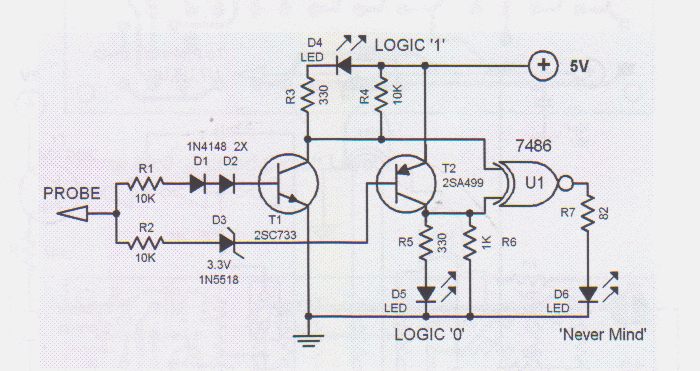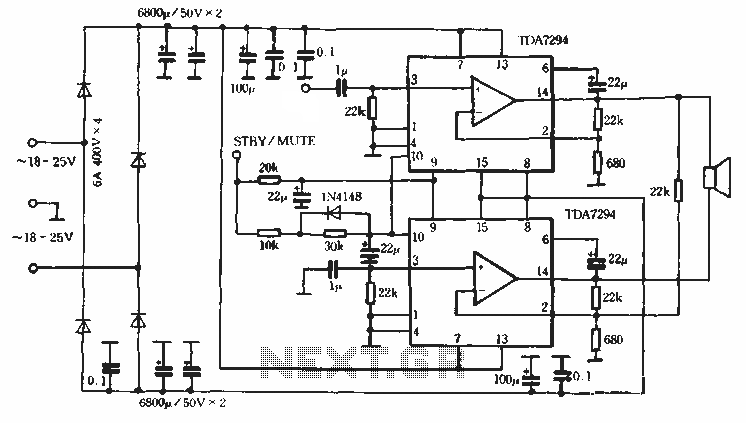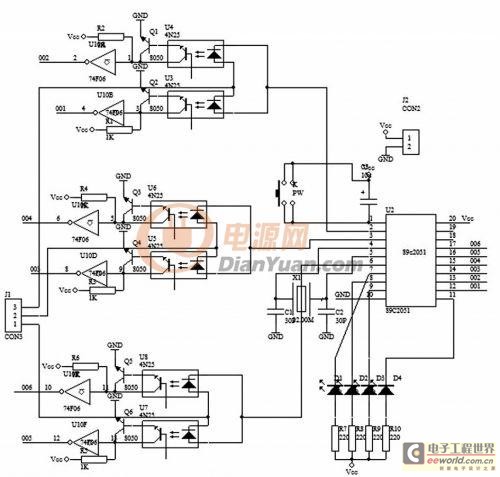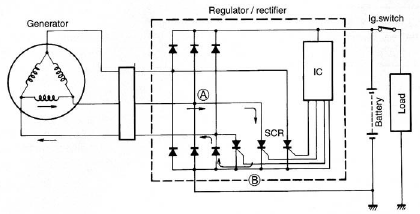
Logic Probe Tester Circuit

Logic testers are simple yet very useful devices for testing digital circuits. A logic probe can be designed in various ways.
Logic testers, commonly referred to as logic probes, are essential tools in the field of digital electronics. These devices are utilized to verify the logical states of digital signals, indicating whether the signals are in a high (logic 1) or low (logic 0) state. The design of a logic probe can vary significantly, depending on the specific requirements and functionalities desired.
A basic logic probe typically consists of a few key components: a power supply, an input stage that includes a comparator or buffer, and an output indicator such as an LED. The power supply provides the necessary voltage for the logic probe to operate, while the input stage is responsible for detecting the voltage level of the signal being tested. The comparator compares the input voltage against a predefined threshold to determine the logical state.
The output indicator visually represents the result of the test. For example, an LED may light up in green for a high state and red for a low state. More advanced logic probes may include features such as audio signals, multiple channel testing, or the ability to display the frequency of the input signal.
In terms of applications, logic testers are invaluable in troubleshooting digital circuits, aiding engineers and technicians in identifying faults or verifying the functionality of various components such as microcontrollers, logic gates, and integrated circuits. They are also useful in educational settings for teaching students about digital electronics and circuit design.
In summary, logic testers are versatile and essential tools in digital circuit testing, with various designs tailored to meet specific testing needs, enhancing the efficiency and effectiveness of electronic diagnostics.Logic testers are simple but very helpful devices in testing digital circuits. A logic probe can be designed in many different ways. In this particular des.. 🔗 External reference
Logic testers, commonly referred to as logic probes, are essential tools in the field of digital electronics. These devices are utilized to verify the logical states of digital signals, indicating whether the signals are in a high (logic 1) or low (logic 0) state. The design of a logic probe can vary significantly, depending on the specific requirements and functionalities desired.
A basic logic probe typically consists of a few key components: a power supply, an input stage that includes a comparator or buffer, and an output indicator such as an LED. The power supply provides the necessary voltage for the logic probe to operate, while the input stage is responsible for detecting the voltage level of the signal being tested. The comparator compares the input voltage against a predefined threshold to determine the logical state.
The output indicator visually represents the result of the test. For example, an LED may light up in green for a high state and red for a low state. More advanced logic probes may include features such as audio signals, multiple channel testing, or the ability to display the frequency of the input signal.
In terms of applications, logic testers are invaluable in troubleshooting digital circuits, aiding engineers and technicians in identifying faults or verifying the functionality of various components such as microcontrollers, logic gates, and integrated circuits. They are also useful in educational settings for teaching students about digital electronics and circuit design.
In summary, logic testers are versatile and essential tools in digital circuit testing, with various designs tailored to meet specific testing needs, enhancing the efficiency and effectiveness of electronic diagnostics.Logic testers are simple but very helpful devices in testing digital circuits. A logic probe can be designed in many different ways. In this particular des.. 🔗 External reference





